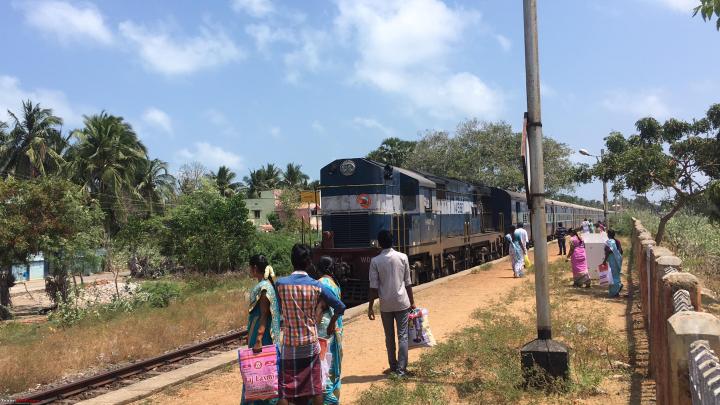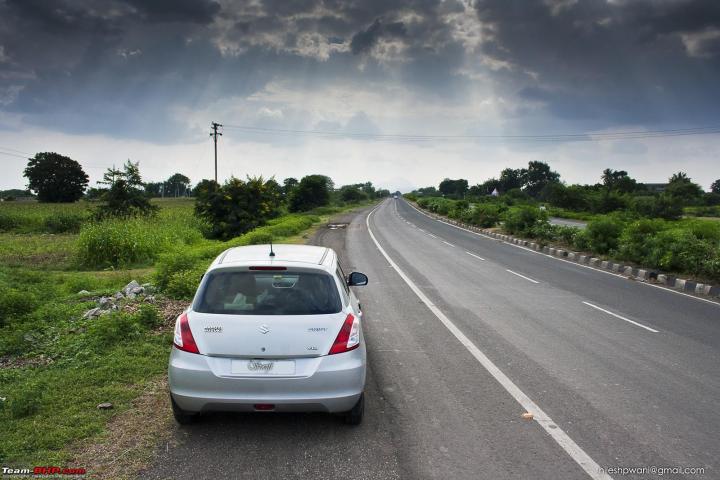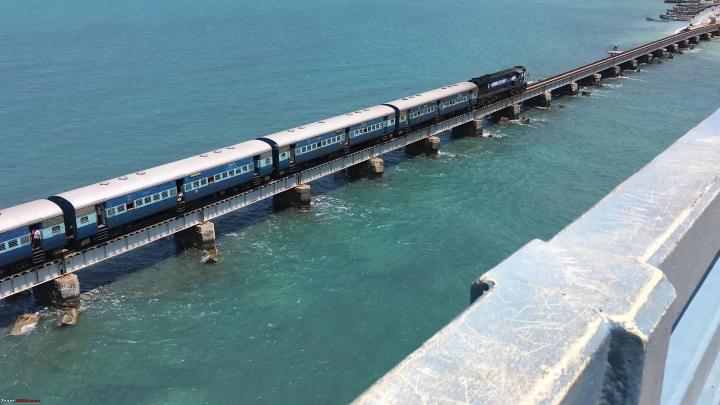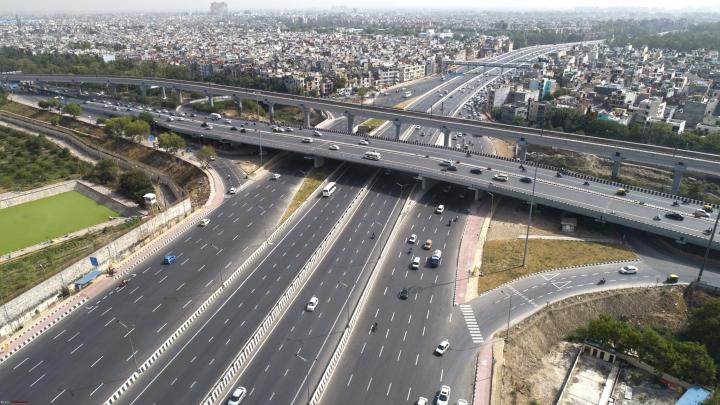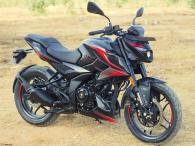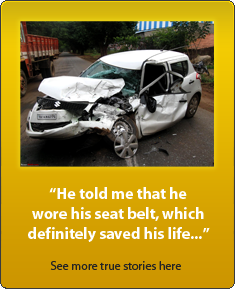News
Choosing between highways and railways
So the question is, did we make the right decision? Or did we compromise the long-term future for short-to-mid term gains?
BHPian S15 shared this with other enthusiasts.
First and foremost, my idea of this thread comes from this video that I was watching.
This video pretty much concludes that in the 1940s and 1950s, the US had an option: to develop highways, or to develop public transport and railways. And they chose road infrastructure. Now, contrary to the video, I dont really think it has turned out quite so bad for them. For east-coast to west-coast, there are plenty of flights to be taken, which they can afford to, since they're quite a rich country.
India, in the 1950s, chose Railways. And chose it in a big way. So much so that we had a separate budget for the Railways.
And it helped. In the short-to-medium term, it helped us grow. And it was needed in a semi-socialistic country (Pre-1991 opening of the economy), needed for a centralised transport of food, goods, rations, troops and others from one part of the country to another.
But now, 70 years down the line, people are starting to realize the railway network doesn't really work in such a vast, diverse country. And the trains, they're not even of a uniform kind. We have everything from Shatabdi, Rajdhani to non-stop Duronto to trains that stop at every village running on the same line. We cant run 300 km/h trains on these lines. Imagine a 300 km/h bullet train running next to an EMU. The wake vortex (sorry to borrow an aviation term) will be so large, that it will literally suck a few people hanging from the doors of the EMU.
So the question is, did we make the right decision? Or did we compromise the long-term future for short-to-mid term gains? And if you were a policy maker in the 1950s, what would you choose: develop highways, or develop railways?
Here's what BHPian Marauder had to say on the matter:
Did we really choose Railways in the 1950s, though? A vast majority of the rail network was developed by the British, before independence.
After independence, we may have prioritized the rail network but I guess there was no other choice at the time. India was a poor country which had just gained independence where car penetration was next to negligible. It makes sense that the Railways was given priority since the infrastructure had already been developed and it was cheaper for the common man of the country to travel by train.
The issue is that the infrastructure hasn't kept up with the times, be it the rail network or the road infrastructure. The infrastructure in the country has developed at snail's pace and that probably makes it seem like a poor choice.
Here's what BHPian torquecurve had to say on the matter:
Honestly, a good decision to go with railways as against roads/highways. Let me put in a brief explanation and details will be put later.
Railways - They are inherently more efficient per km/kg than an equivalent vehicle. Example: at 72 people per carriage, a 26 carriage rake can move - 1872 people with their luggage from Pune to Mumbai (example). That’s about 150 km at 6 liters per km - 900 litres of diesel. If 1872 people took cars with each car carrying 4 people, it comes to 468 cars. Let’s say each car has a fuel efficiency of 15 km/l, that’s 10 litres per car - 4680 litres of fuel. If I consider the WDM3 series at about 12 litres per km, it still is way less than the fuel cost. And that’s just fuel. Of course, there are additional costs of signalling and infrastructure - but it is the same for the roads.
The primary reason why our trains move slower than the world is traffic on the routes. Like you mentioned, the same tracks run passénger trains (express, mail, slow passengers, EMU, the works) and Goods trains. The challenges of acceleration, top speed and gaps is there. It’s like the expressway ghats (Mumbai-Pune), where trucks hog all lanes and a BMW or a Celerio both have the same effective top speed. Also, the railways earns more per kg from freight transport than passenger transport.
This is the reason why the current government is heavily investing into the DFC (Dedicated Freight Corridors). Freight trains will run at 100 km/h on these and make longer runs (without needing to wait on sidings for passenger trains to clear). What that also does is free up the tracks for passenger trains which can now clear quicker and average about 120-130 km/h with top speeds pegged at 150-60 km/h. The overall network speed increases substantially.
Now about HSR - High speed rail. The key challenge of high speed rail is ‘separate’ networks that don’t have intrusions of any sort on the tracks. This means you either elevate the tracks or put them underground or barricade it out completely. Also. HSR doesn’t run freight service as the axle loads differ, they have to run straighter with gentle curves. It’s the same as how on the expressway, your average speed is higher than the other parts of NH4 primary because it is ‘access controlled’. Only to move people, HSR is expensive, yes cheaper than flying, but high initial costs. In fact, India’s first HSR - Ahmedabad to Mumbai will cost more than the EFC, which is almost four times the length.
And we must stop giving accolades to the British for our railways. They made the railways to move material from the hinterlands to the ports, and nothing more. It was after independence that we invested into this and kept improving the network. From the venerable steam engines to being a fully diesel network (bar a few very minor routes), we took less than 2 decades. Now we are moving towards full electrification (full is typically 85%) with some not feasible for electrification or other challenges.
About railways not working in a vast / diverse country - actually railways are more efficient during the longer distances they cover. One major reason for congestion is local movement of passengers in the day time - this is being shifted gradually to ‘light rails - metros’ in the city and to DEMU/MEMU types for intracity routes. EMUs are ‘faster’ and more efficient on shorter routes due to better acceleration and higher load per carriage (12 carriage rakes have the capacity to carry almost 2400 people). Top speed is typically 100km/h (ICF old), 110 km/h (ICF new). These are used in the day time only when the long distance passenger train load is lower.
This will increase the efficiency even more. While the roads in the US are good, for most part, what you also need to factor is population density - 36/sq km in the US compared to 362/sq km in India. Imagine 10 times more cars, in a highly populated country like India - the Noida Toll booth is probably the best example of what would happen.
Check out BHPian comments for more insights and information.
- Tags:
- Indian
- Other
- Indian Railways
- Highways



